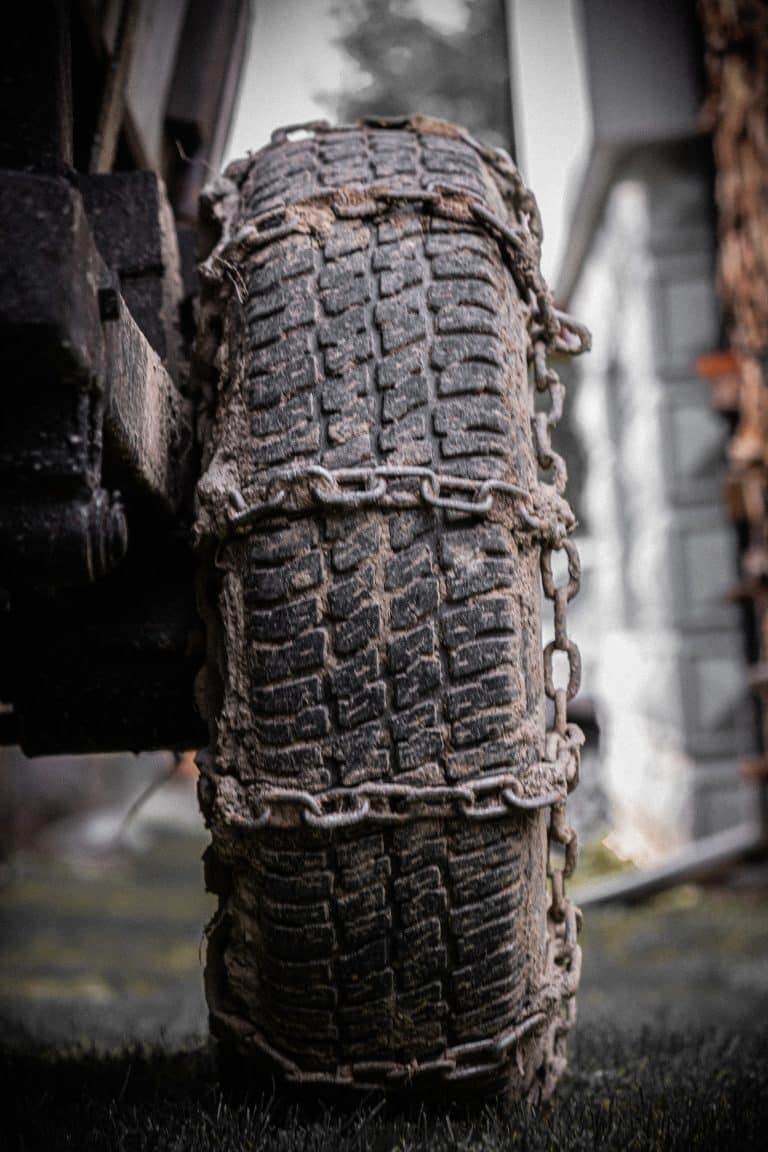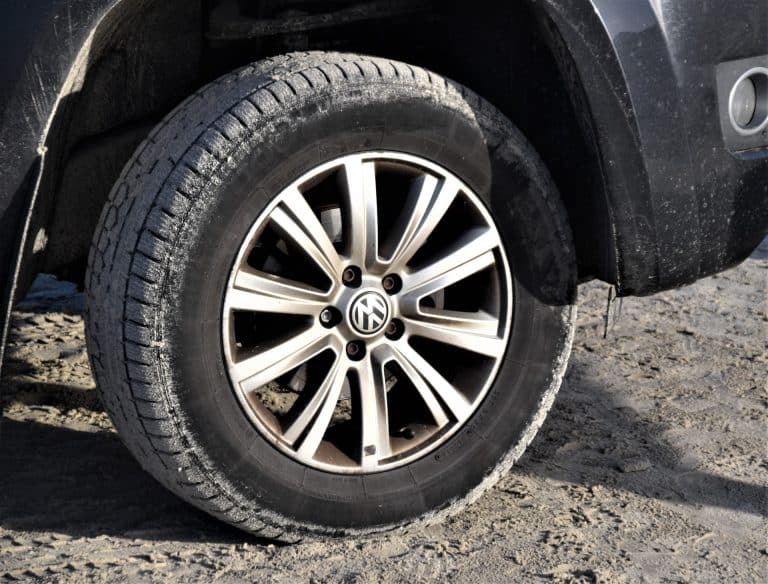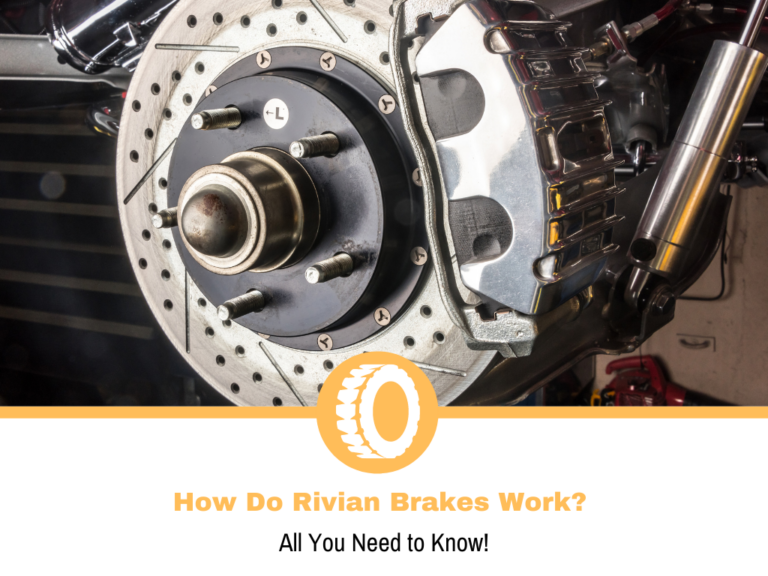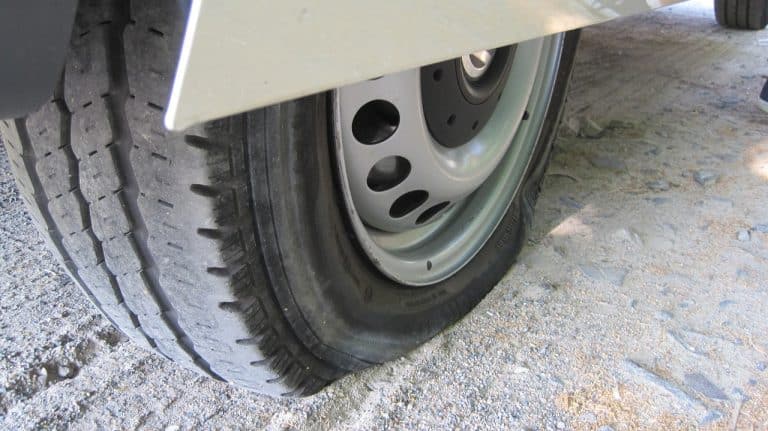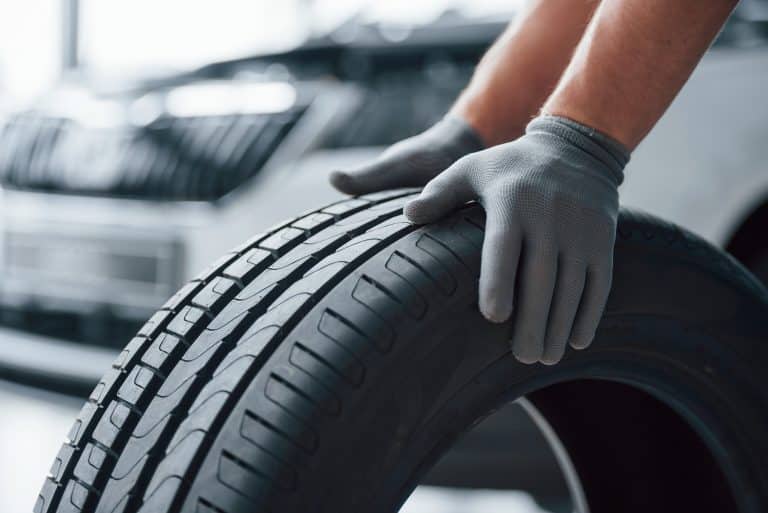How To Tell If Tires Are Directional
Checking your type of tires is important in order for you to know whether you are using the optimal tire for your daily driving or not. Some people settle only by just knowing whether the tire is properly working or not. But you can get other benefits by finding out whether you are using a directional tire or not.
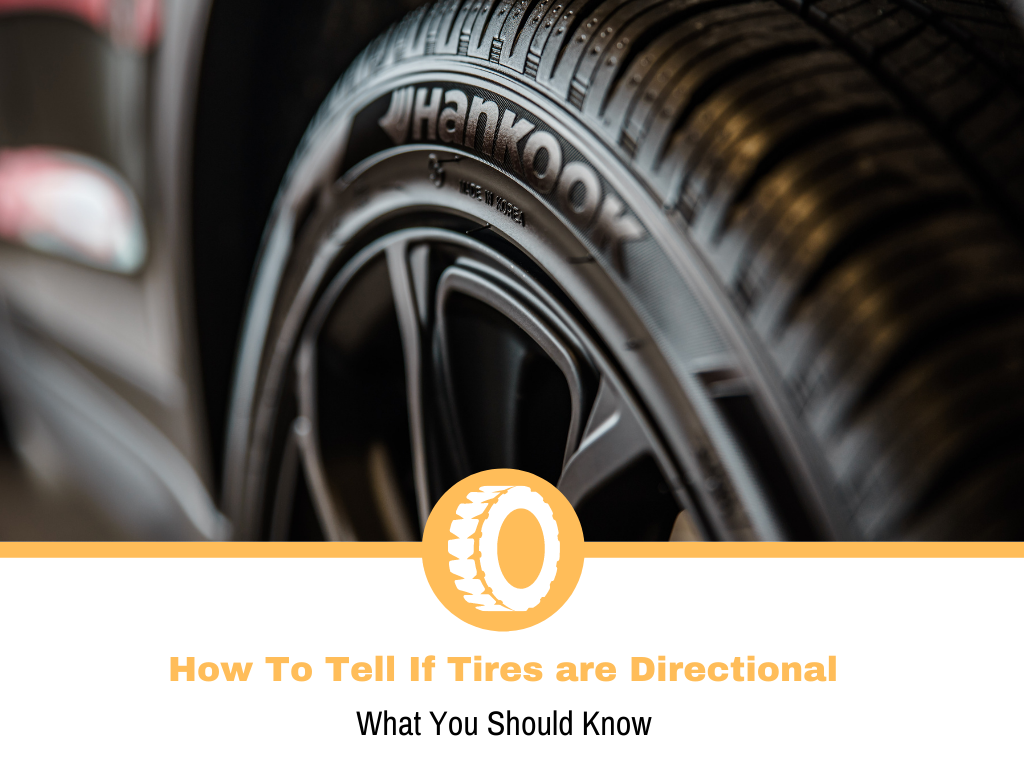
Directional tires have different characteristics compared to symmetrical and asymmetrical ones. That being said, they have different things to offer for every vehicle in terms of steering response, handling, and braking.
Knowing the Difference
It is a must to know the difference between asymmetrical, symmetrical, and directional tires. Some people find this confusing whenever they try to tell whether the tire is directional or not. To prevent this from happening, we list down all the factors in order for you to prove if your tire is directional or not.
Directional Tires are most commonly used for sports-related driving, off-roads, and rallies. They are also used for the winter season as they have more traction on the snow compared to other types of tires.
Directional Tires Have a Rotation Sign on the Sidewall
The directional tires are specifically made to go in one direction only. You can see whether you have directional tires by simply checking the rotation indicator on the sidewall of your tire. You will be able to determine if the tire is mounted correctly if you see the arrow going counterclockwise
Directional Tires Have Specific Tread Patterns
Directional tires have a uniform appearance. By checking the tread pattern of the tire, you can easily determine whether it is a directional tire or not. You will commonly see a V shape or a Y shape at the center of the tread. Unlike the asymmetrical and symmetrical ones that usually have a diagonal pattern.
The purpose of having this V and Y shape have a way to evacuate water much faster during the run. This way vehicles with directional tires have much more preventive factors from the phenomenon called hydroplaning.
Directional Tires Have a Solid Center Rib
Aside from the sidewall and tread, you can differentiate a directional tire from the other ones because it has a solid center rib. The purpose of this is to maintain a standard contact patch for wet and dry terrains for a better steering response when the direction changes. This improves vehicle handling and braking.
You Have a Stricter Method of Mounting Directional Tires Than The Other Ones
Directional tires are strict in terms of mounting. It is crucial for directional tires to be mounted correctly in terms of the rotation symbol it states. Wrong application of mounting could cause the tires to wear down quicker than they should be, it will significantly affect the durability of the tire and the energy efficiency of the vehicle.
FAQs about Directional Tires
As we have concluded that there are differences between the types of tires, it is best to list down the possible twists and turns when using a directional tire. While it is said that directional tires produce a greater benefit compared to the other ones, we should still consider the upsides and the downsides of using them.
Are My Directional Tires Mounted Correctly?
Symmetrical and asymmetrical tires can easily be mounted in different directions. However, this does not apply to directional tires. Directional tires should be mounted in unison to prevent any wearing and tearing of the tire itself. Improper mounting will cause your tire to lower its performance quickly, shortens its durability, and would cause the vehicle to produce unwanted noise when on the go.
Rotating a directional tire to its proper pattern is much simpler than the standard rotation. Be reminded that the tires on the front get moved straight from the back, and the back tires rotate straight to the front. An important thing you need to keep in check is directional tires should stay on the same side of the vehicle, that is to maintain the proper direction.
Can I Combine Directional Tires and Other Types?
Since we have established that directional cars have specific and different characteristics in terms of form and tread pattern, it is highly discouraged to combine a directional tire with a non-directional tire. This is dangerous due to the fact that directional tires serve a different purpose from the asymmetrical and symmetrical ones.
If in case you are really going for it, it is best that you consult your mechanic and check whether the different types of tires can be optimal to use for your vehicle.
Are Directional Tires More Expensive?
Since directional tires are meant to produce a higher level of performance in terms of handling and speed, it is true that directional tires cost more than the other ones. Aside from that, directional tires are commonly used in races, winter, and agricultural reasons. Whereas the symmetric and asymmetric are commonly used for casual road driving.
Is Directional Tire Better Than The Other Ones?
While it is proven that directional tires have been used for performance-based driving, it is still hard to conclude whether one is better or worse than the other. Keep in mind that safe driving is the top priority, regardless of whether the vehicle is using directional, asymmetrical, or symmetrical tires.
Step 4: Attach the Hose on The Air Valve Stem
This is the time where you’ll apply the sealant to your tire. Attach the hose to the valve, remove the safety pin and press the yellow button to start putting air and sealant to the tire. Keep in mind that you will use the whole sealant can on your tire. Make sure that you apply the whole sealant to your tire to prevent any malfunctions. We will give you a quick guide on which size to use for every type of vehicle.
It’s easy to know if the procedure was done correctly. The tire rim should start to lift off the ground during the process. If you see that the white liquid stops flowing to the hose, that simply means that you’ve used up all the sealant from the can.
Step 5: Drive Your Car Afterwards
You do not want your sealant to sit on the bottom part of the tire. It will cause malfunction and imbalance to your car. You want to make sure that the sealant is completely flowing in the tire. To do that, you have to drive your car for about 5 to 10 minutes and check whether there are changes. After driving for 5 to 10 minutes, inspect your tire once again and see if there are improvements.
For some cars, TPMS (Tire Pressure Monitoring System) is a way to determine whether your sealant was effective. You can easily see the TPMS on your car dashboard. If the light turns on, it means that the procedure was able to fix the problem.
Step 6: Seek Help From Professionals
As soon as you were able to fix your tires using Fix-a-Flat, it is highly recommended that you seek help from tire experts to check the condition of your tires. You would want to make sure that the tire is properly checked and fixed. That being said, Fix-a-Flat is a very effective tool to fix your tires for an emergency. But you need to make sure to cross out every possible factor as to why your tire had a slow leak. Consulting from experts and securing spare tires, and another Fix-a-Flat can is most helpful.
You only have to resort to aerosol sealants when there is an emergency at hand. Depending on this, every time you have tire trouble will result in unexpected tire replacement and could cost you more money.
Step 7: Measure The Pressure Of The Tire Using a Gauge
It is very well proven that having a gauge can serve as a huge help whenever you have tire problems. By measuring the PSI of your tire, you would be able to determine whether the aerosol worked or not. Keep in mind that the standard pressure of the tire should be around 30 to 35 PSI. If the PSI still falls behind the recommended range, it is most likely that the slow leak issue has not been solved yet.
Conclusion
Using directional tires will indeed bring a more efficient performance in terms of driving. However, we are yet to conclude that directional tires are the best ones we have at least for now. The important thing is that we should keep in mind that knowing the difference between the types of tires is crucial for us to be able to use the most optimal option.
Now that you know the things to consider in order to verify whether you are using a directional tire or not, you now have to make sure that the lists above are thoroughly checked out. This will ensure that your vehicle is at the top performance when you are on the go.
